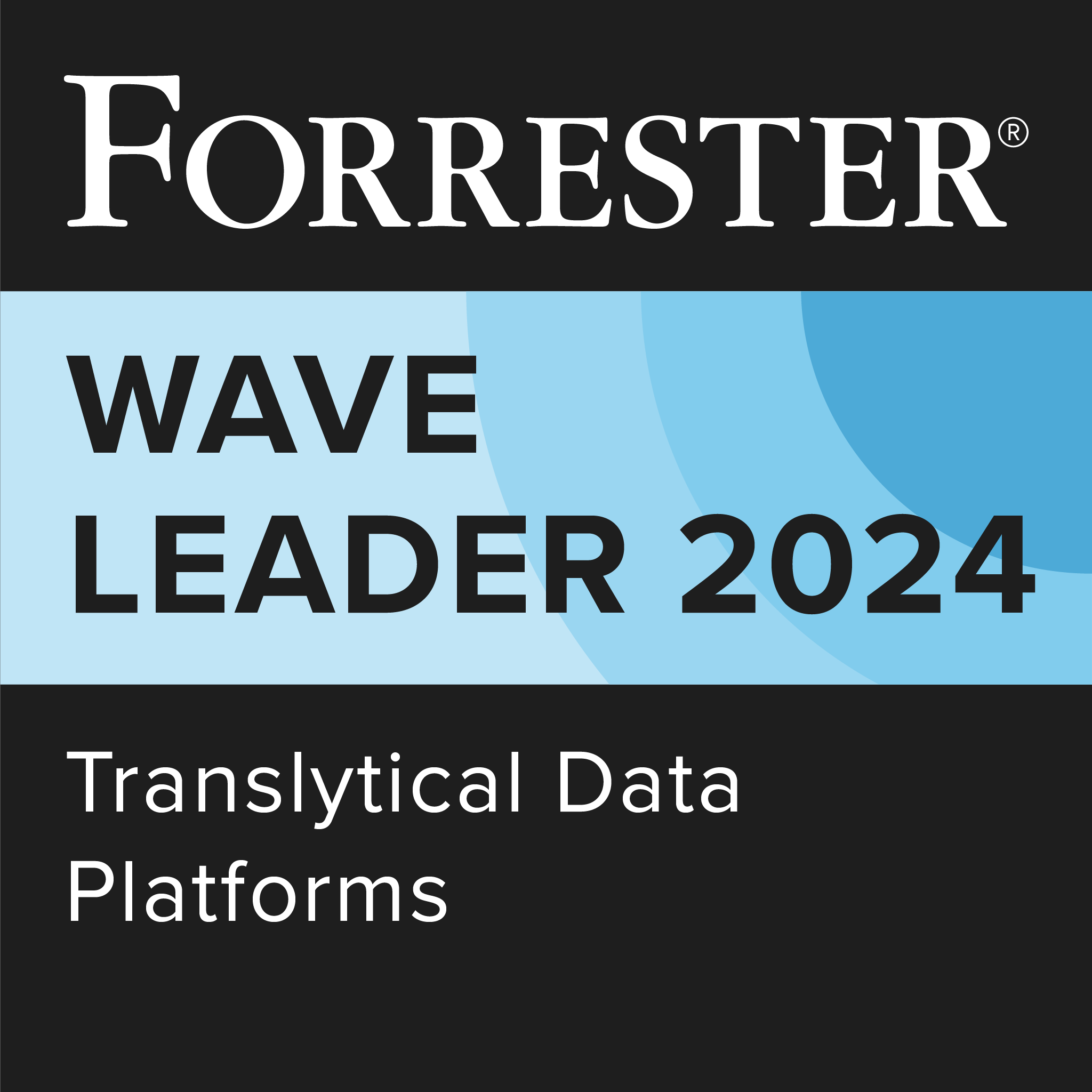MongoDB is a Leader in The Forrester Wave™: Translytical Data Platforms
We’re pleased to announce that MongoDB has been recognized as a Leader in the recently released Forrester Wave™: Translytical Data Platforms, Q4 2024.
The report—which highlights “Leaders, Strong Performers, Contenders, and Challengers” and is “an assessment of the top vendors in the market”—notes that “MongoDB is an excellent choice for organizations looking to enhance their document and NoSQL platforms with real-time insights by leveraging translytical capabilities.”

What are translytical capabilities?
So what are translytical capabilities? In short, modern applications use a growing number of data types for transactional, operational, and analytical uses. Developers can silo different data types and workloads into separate systems, but this causes architectural complexity and reduced agility for teams.
A better approach—and one that speeds development—is to leverage a single platform that can store and use multiple data types for different purposes. Forrester defines these “translytical data platforms” as “next-generation data solutions built on a single database engine to seamlessly support transactional, operational, and analytical workloads without compromising data integrity, performance, or real-time analytics.”
That’s why we built MongoDB Atlas as a developer data platform. It brings data like documents, vectors, streaming, and time-series together in one system so that you can run transactional, operational, and analytics workloads in one place.
How Forrester measured translytical capabilities
To measure providers, Forrester evaluated 15 of the most significant translytical data platform vendors against 26 criteria. These criteria span current offering and strategy, to market presence. Being recognized as a Leader is based on an organization’s scores in both current offering and strategy categories for criteria like vision and innovation.
Forrester gave MongoDB the highest possible scores across nine criteria, including:
-
Multimodel1
-
Search
-
Development Tools / API
-
Scale optimization
-
Streaming
-
Platform management
-
Roadmap
-
Adoption
-
Number of customers
According to the report, “MongoDB continues to expand its translytical market share by delivering new capabilities that enhance automation, intelligent memory tiering, and multimodel support, including vector, streaming, analytics, and integrated transactions.”
“Developers have been telling us for years that they need easy ways to work with all their data in one place,” said Jim Scharf, Chief Technology Officer at MongoDB. “That’s what continues to drive our strategy of making MongoDB Atlas the developer data platform. We’re excited to be recognized as a Leader in the new The Forrester Wave™: Translytical Data Platforms, and we will continue to support our customers’ growing needs for their data.”
What are MongoDB customers doing with translytical capabilities?
The Forrester report notes that organizations “use MongoDB to support real-time analytics, customer intelligence, the Internet of Things (IoT), and AI applications.” So, let’s look at a few examples in action.
Companies like Ignition started using MongoDB just for operational data—but, over time, expanded into using Atlas Vector Search for AI use cases. Meanwhile, Bosch Digital makes their IoT data easier to work with by bringing multiple data sources together in a single platform. And, Keller Williams uses MongoDB Charts to bring their analytics to where their transactional data is, making it faster to gather insights for their product teams.
Overall, customers are attracted to MongoDB because of how developer-friendly the platform is, and because it simplifies their lives by bringing their data together.
Access your complimentary copy of The Forrester Wave™: Translytical Data Platforms, Q4 2024 here.
Interested in starting your own translytical journey? Sign up for a free MongoDB Atlas account today!
1 Multimodel is defined as support for storing and using various data types.